Like all festivals, Thaipusam is also a celebration of the triumph of good over evil.
Thaipusam is a festival of Hindu origins; and commemmorates the victory of the Lord Murugan over the evil demons following the granting of a vel (which is a spear) by the Goddess Parvati.
It is also believed that the Lord Murugan is also known as the God of War, and He was created by the Lord Shiva who granted the request of the Devas during their battle with the Asuras. As the Devas could not defeat the might of the Asuras, they prayed for Lord Shiva's help and He created Skanda or also known as Murugan or Achintya Shakti to defeat the Asuras.
Of course, the Lord Murugan indeed emerged victorious in the battle.
It is to celebrate this occasion that Thaipusam was regarded as such an important festival among the Tamil communities around the world.
The festival is widely celebrated among the Tamil communities in India, and outside India in places like Mauritius, Malaysia and Singapore.
In Malaysia, Thaipusam is a public holiday declared in most states such as Penang, Selangor, Perak, Johor, Negeri Sembilan, Kuala Lumpur and also the new Federal Territory of Putrajaya.
Celebrations are grand and popular particularly in the states of Selangor, where Batu Caves is and also in Penang and Perak.
Thaipusam falls on a full month in the 10th month of Thai in the Tamil calendar and the word Thaipusam is derived from the month name Thai, and the star at its highest point, Pusam.
During the festival, there will roads which will be blocked in Penang, which are cleared for the journey of the devotees bearing kavadis to the holy temple of Nattukottai Chettiar Temple along the Waterfall Road in Penang.
In Kuala Lumpur and Selangor, the journey starts from the Sri Mahamariamman Temple in KL to the famous Batu Caves temple in Selangor.
Last year in 2010, I decided to make a trip to witness the celebrations of Thaipusam in Penang as it was one of the states popular for the grand and large scale celebrations.
In fact, even the local Chinese community partake in the celebrations of Thaipusam.
The celebrations start from the early hours in the morning, where faithful devotees are already spotted making their way towards the temple; dressed in elaborate attires in respect for the honourable festival.
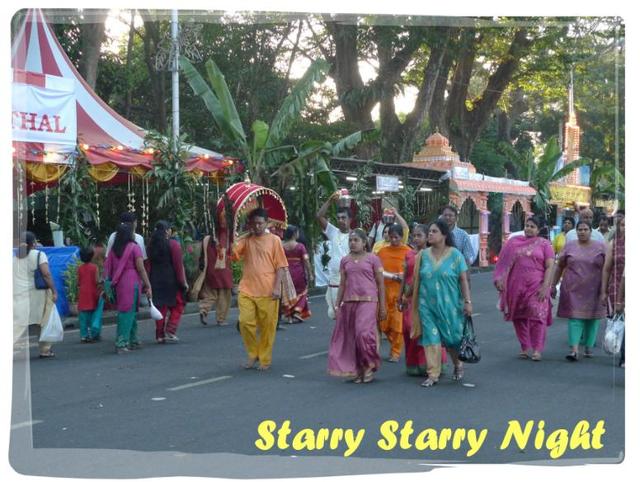
It is not uncommon to spot devout devotees bearing Kavadis in different forms as they make their offerings to the Lord Murugan.
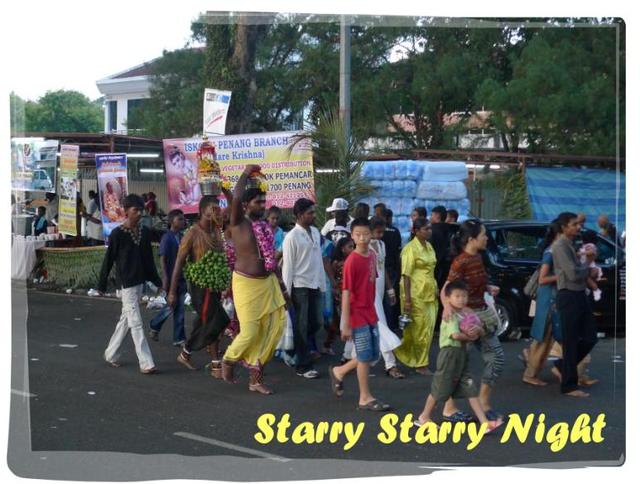
Kavadis are associated with debts bondages; and originated from the Kavadi attam dance which is performed as a form of worship to the God of War, Lord Murugan by the religious believers.
The Kavadi is also a form of burden to be imposed on the devotees physically as they seek the help of the Lord Murugan.
Before one can bear the Kavadi, there are several rules to be observed by the devotee.
For instance, the devotee would have to prepare himself/herself through spiritual cleansing by fasting and praying for 48 days. The fasting also means the person has to give up all forms of luxuries in life and to focus his/her thoughts only on God.
It is only through this way that the person can bear the kavadi to show his/her sincerity.
Kavadi come in different forms; and the bearer would have to select one form of kavadi (burden) on the day of Thaipusam while taking on the pilgrimage along the journey (the route has been set) bearing the kavadi.
The simplest form of the kavadi is the carrying of a pot of milk
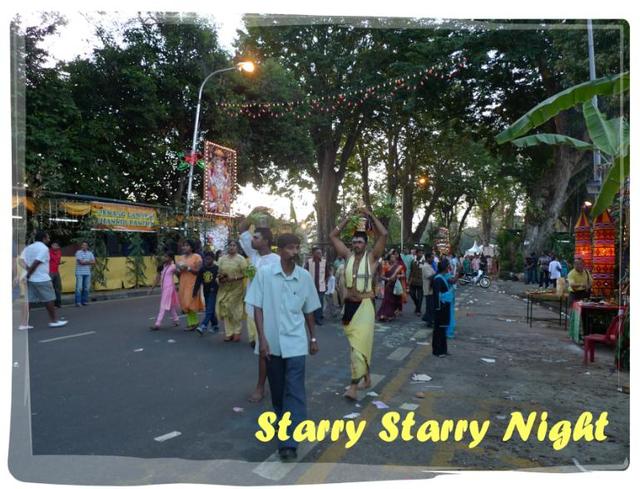
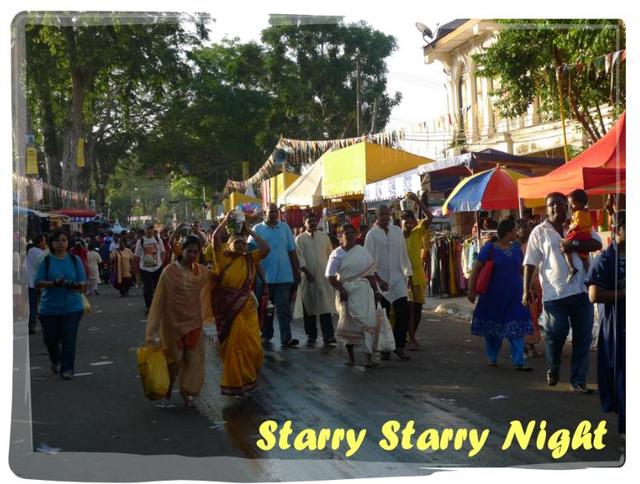
This is commonly spotted among the devotees who held a pot of milk on top of their heads as they made their way towards the temple.
Another form of kavadi would be a semicircular decorated canopy supported by a wooden rod and to be carried by the devotees upon their shoulders(source from Wikipedia)
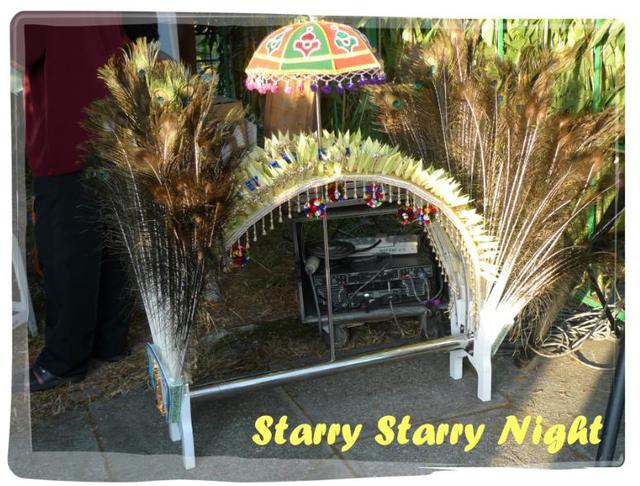
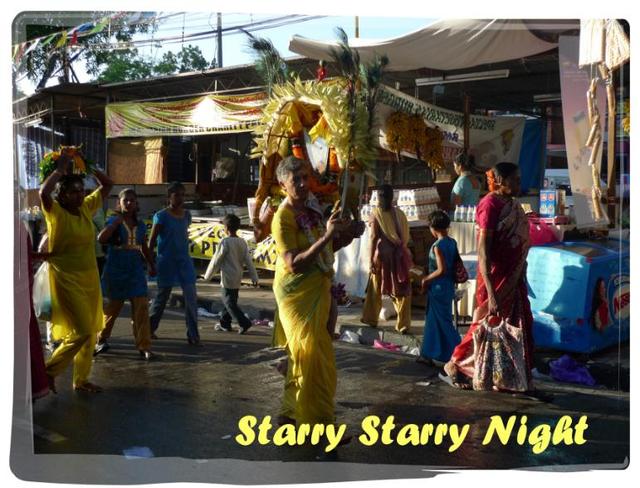
The most common and popular form is the piercing, or also known as the mortification of flesh.
The spears or vel would be pierced through the flesh through the tongue, cheeks or some on their back.
Those on the tongue or cheeks are to prevent the devotee from speaking and to focus on the Lord Murugan and his powers. It is also a test of endurance.
Another form of kavadi would be the sticking of the hooks on the back of the devotee and then being pulled by strings attached to vehicles or another walking person with each incision on the back to indicate the level of pain.
It is believed that the merits earned from the gods and Lord Murugan would increase accordingly to the increase of the level of pain from the back.
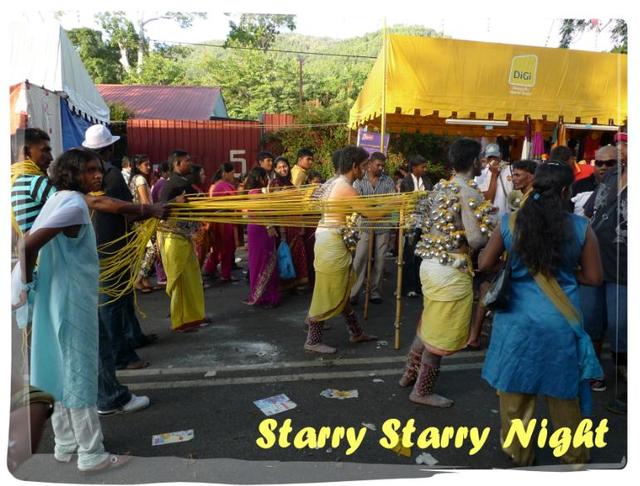
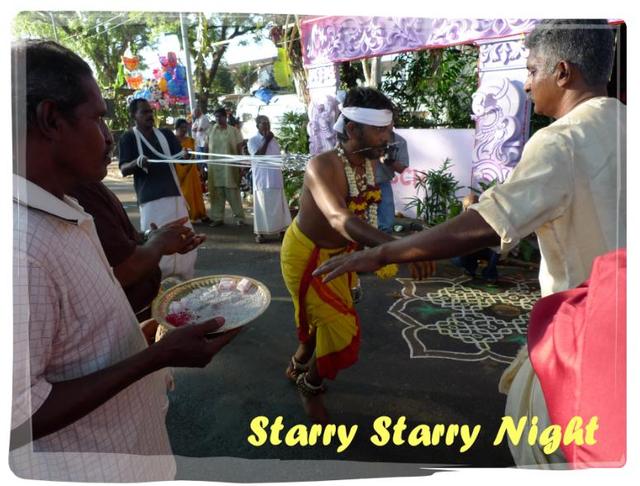
It is often a mystery, particularly to the foreign tourists as there were no blood shed nor do the devotees scream of pain during the bearing of the kavadi and they could usually succeed making their pilgrimage all the way to the temple.
This is often associated with the strong faith and belief among the devotees.
It is believed that you need to be truly devout and faithful in order to complete this task as the devotees and the kavadi bearers have to follow the earlier preparation of fasting and prayer before bearing the kavadi.
During the bearing of the kavadi which includes the piercing, the devotees have gone into a trance and this is believed to be the blessings and protection by the great Lord Murugan.
Therefore, this is not a matter of science, but more of religious faith.
It is not a surprise to spot Chinese believers making their way to pray to Lord Murugan as well.
Ah, such is the faith of the believer, bless them!
Jalan Utama leading all the way to Waterfall road in Penang is the main road blocked for the worship and pilgrimage journey of the devotees and preparations would start a few days earlier.
There were several booths set up and were elaborately decorated; sponsored by the various local and multinational companies in the state.
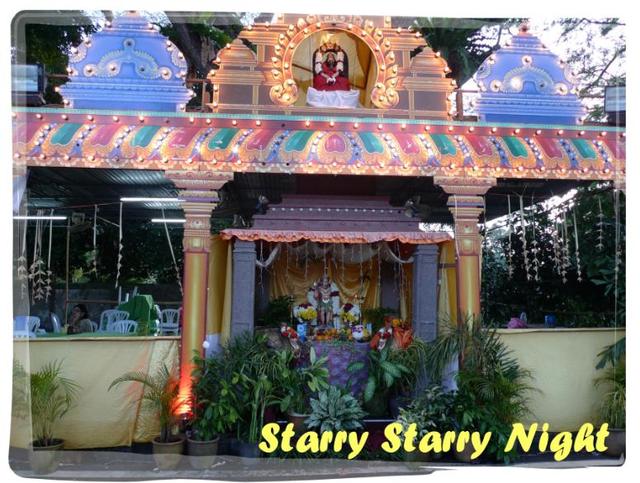
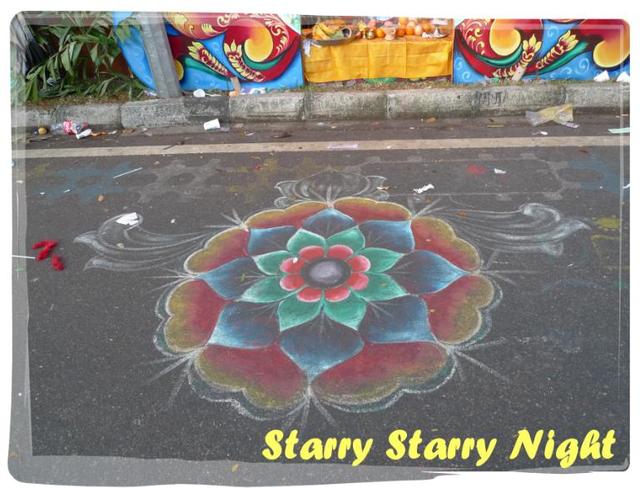
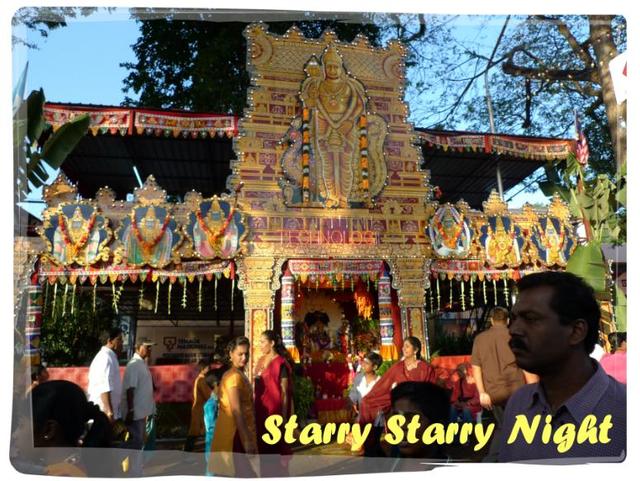
The whole road would also be lined with stalls by eager patrons selling food and drinks and ornaments to the pilgrims
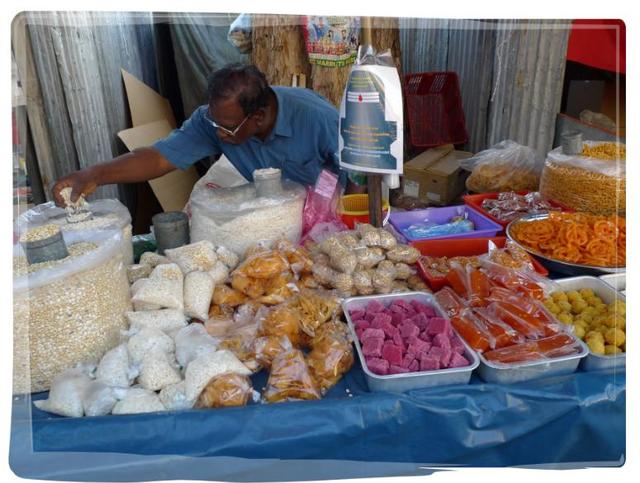
It is truly an elaborate festival and attracted crowds from not just the locals and the Hindu devotees in the states, but also tourists from near and afar.
In fact the place would be really crowded and some devotees would even camp near the temple!
It is indeed a touching sight indeed, and I even spotted the little children having their meals by the roadside while waiting for their elders, maybe?
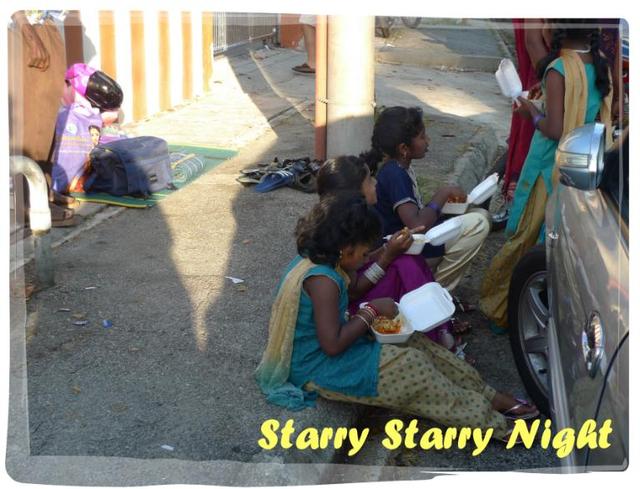
The celebrations would usually cease by noon; with all the devotees completing their rituals and prayers and the devotees would usually cooperate to clean up the road to ensure traffic returns to normal.
I was truly touched by the amazing festivities and worship of the devotees during Thaipusam and I feel blessed to be in a country where all races and religions could learn from each other.
It is indeed a magnificent sight indeed and it is great to know of the existence of such great faith in this contemporary age whereby everything is dictated by science.
Faith is a mystical thing, and it brings comfort and peace to all those who believe.
All of us believe in our religion and we are taught to do good, no matter what religion we believe in.
Blessed are those who believe!
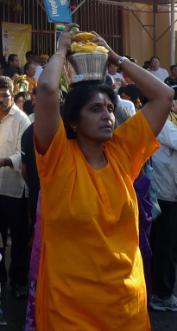
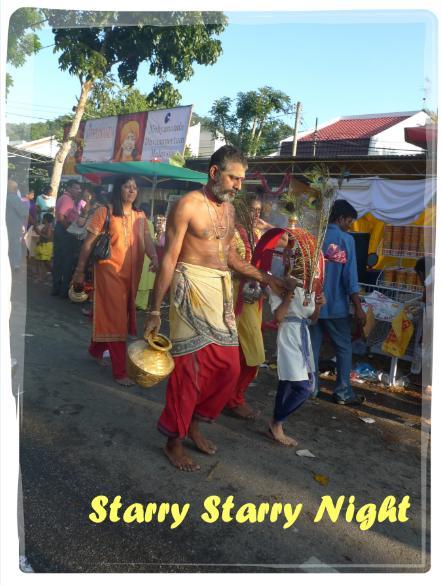
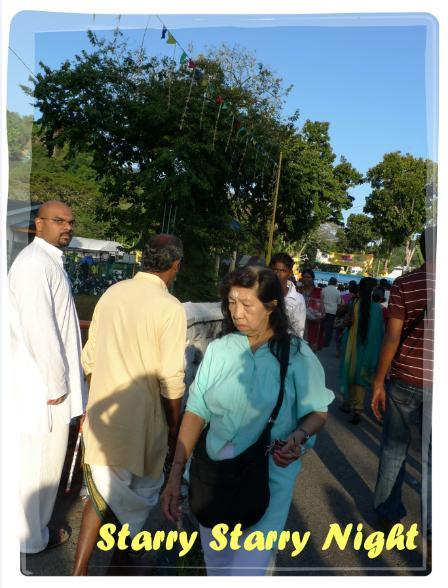
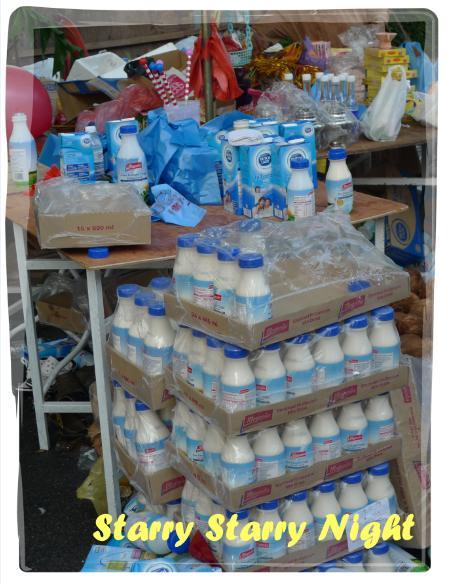
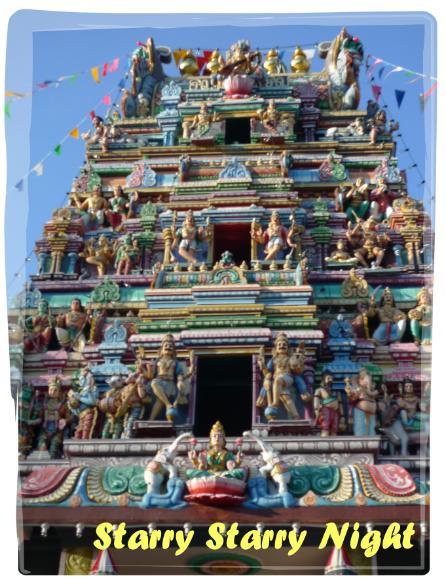
No comments:
Post a Comment